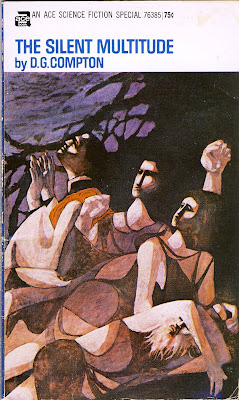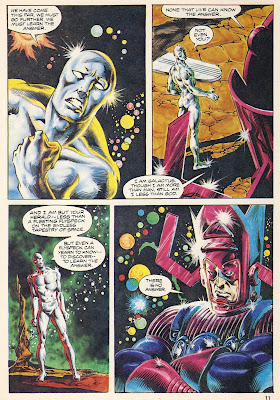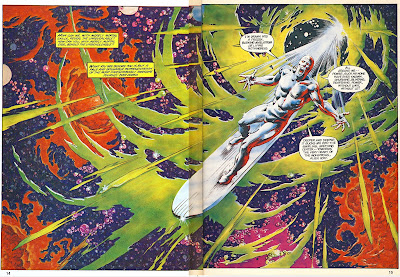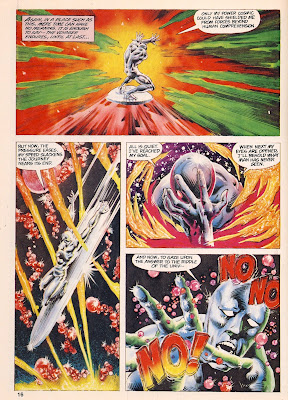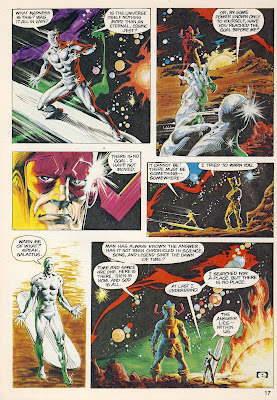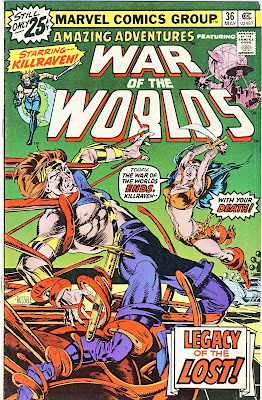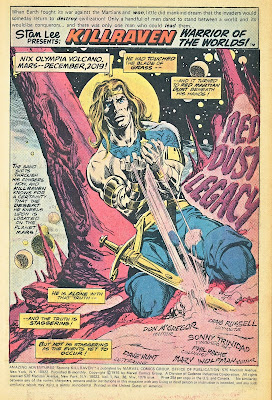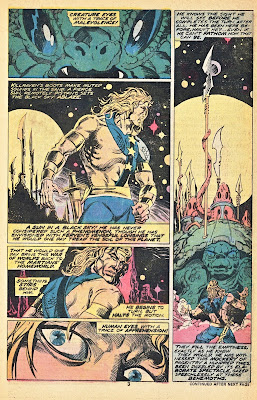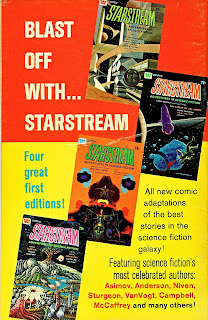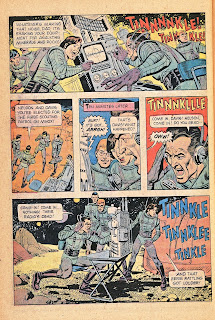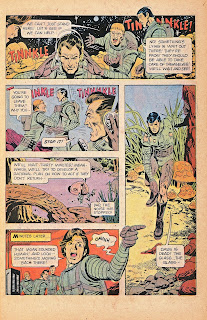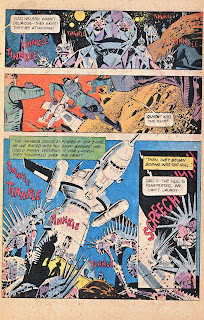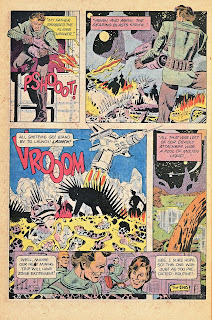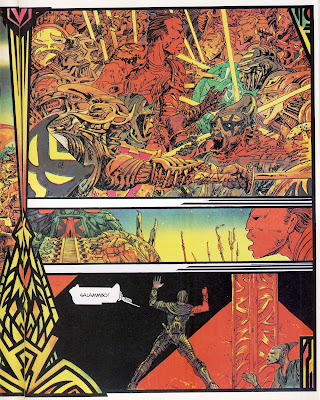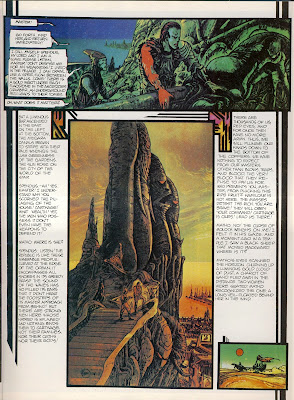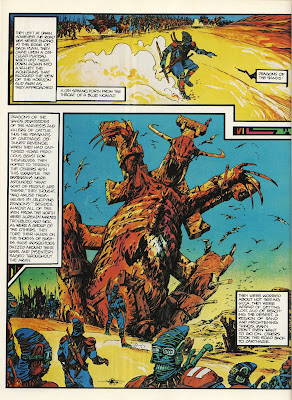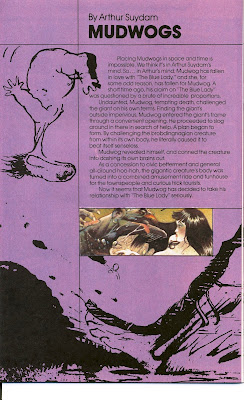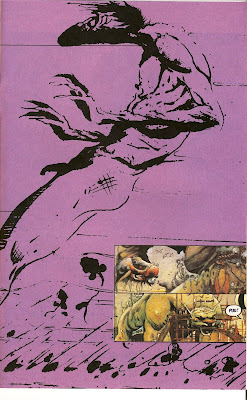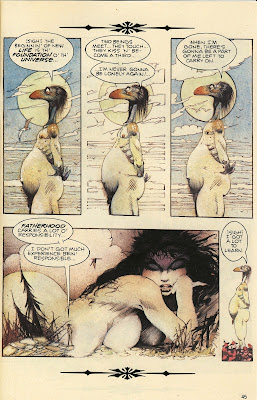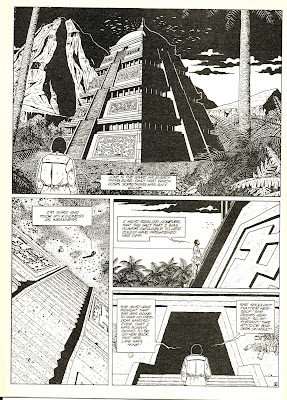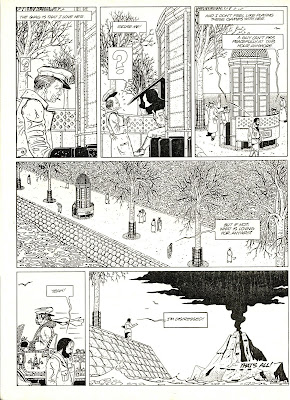Book Review: 'The Silent Multitude' by D. G. Compton
1 / 5 Stars
‘The Silent Multitude’ (189 pp) was released by Ace Books in 1966; the cover illustration is by Leo and Diane Dillon.
The book’s title refers to the spores of an alien fungus, which has evidently been brought back to Earth by a space mission. The microscopic spores pose no threat to life forms, but they do love to degrade concrete and cement, often leveling a multi-storey building within a matter of days. Their advance across civilization is inexorable, and people are fleeing the major urban centers for refuge in the countryside.
As the novel opens, the spores are laying waste to the UK, with the city of Gloucester on the verge of becoming infected. It’s the ‘future’ (i.e., 1980), and the city is essentially a mass of ugly, soul-less concrete office buildings characteristic of the Modernist architecture of Le Corbusier (the pseudonym of French architect Charles Jeanneret).
The narrative follows the interactions of four people who choose to remain in the city after the evacuation, taking their chances with the coming dissolution of the buildings all around them: Dean Goodliffe, rector of the Anglican cathedral; ‘Paper’ Smith, a deranged elderly man who lives as a vagrant in a nook of the city’s commercial district; Simeon Crankshawe, an alienated young man whose deceased father was the chief architect of the modern Gloucester; and Sally Paget, an ambitious young news reporter.
‘Multitude’ is a very earnest effort by author Compton to write the sort of downbeat, existential novel characteristic of those then being produced, to great critical acclaim, by fellow Englishman J. G. Ballard. While there’s nothing intrinsically wrong with this, the awkward truth is that ‘Multitude’ is miserably bad. The narrative is profoundly dull, consisting of lengthy passages of internal monologues, and later lengthy dialogues, among the four characters, designed to notify the reader that he or she is encountering a Serious Work of Fiction rather than the juvenile literature associated with ‘genre’ SF.
Readers who are interested in tackling ‘Multitude’ will need to steel themselves for regular encounters with over-written passages such as this one:
He was a sadist, not in relation to people but in relation to the monstrous dwellings built by people. He sublimated his violent tendencies into the suffering of glass and concrete. He was perhaps a sadist toward society. But society was not people. He could not, would not have it that society was composed of people.
Compton tries much too hard to imbue every page with Deep Thoughts on the Futility of Modern Life, the angst that accompanies one’s awareness that God is Dead, the rejection of their elder’s values by Questioning Youth, etc., etc. The fragments of plot that survive being burdened with these overworked themes lack the necessary energy to propel the storyline, and I often had to force myself to keep reading the book.
‘The Silent Multitude’ is an unfortunate example of the Ballard pastiche that missed the mark…by quite a wide margin.
